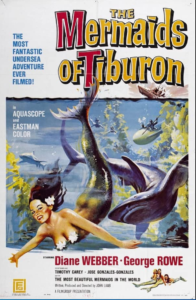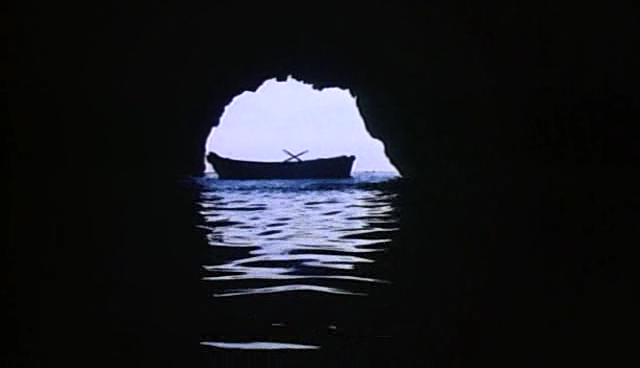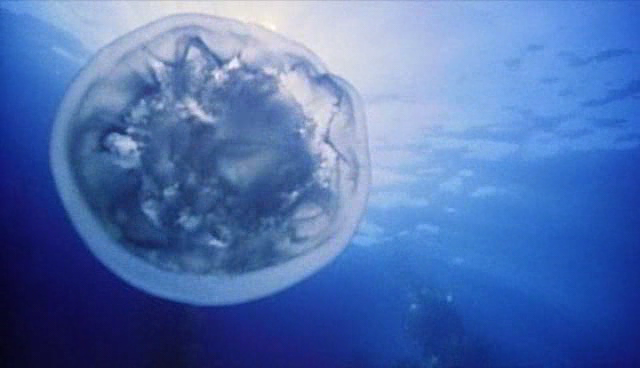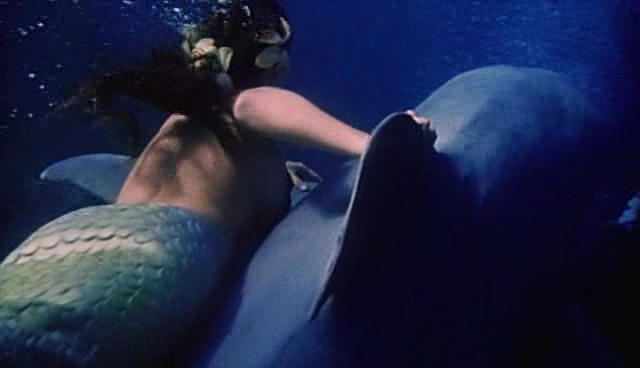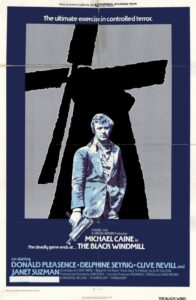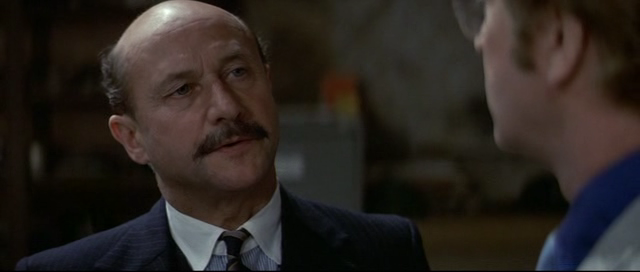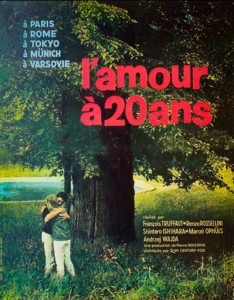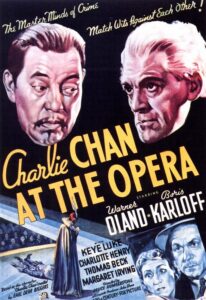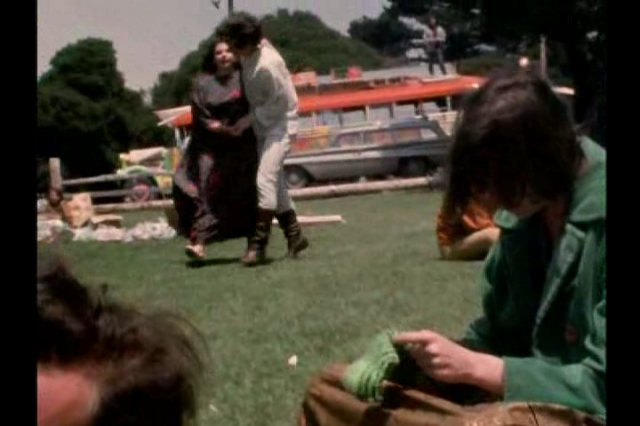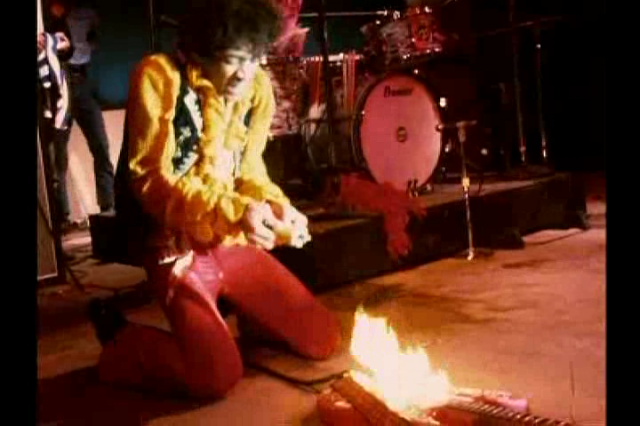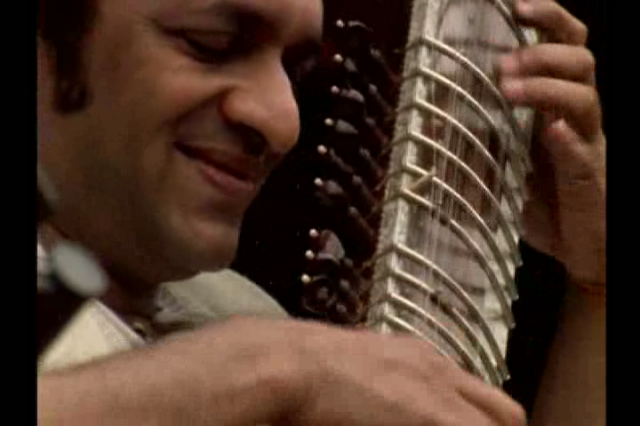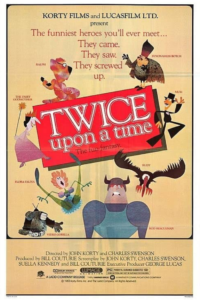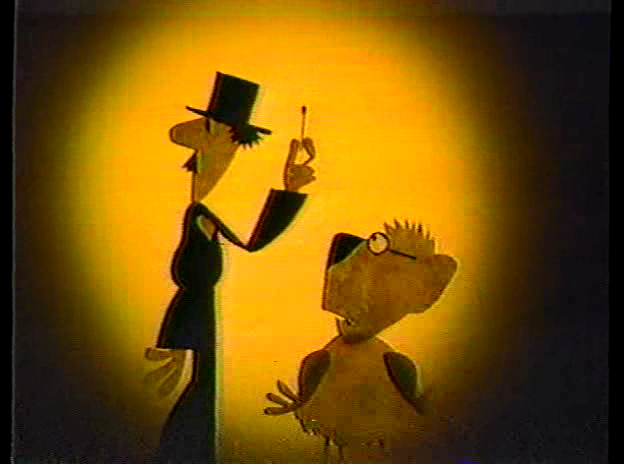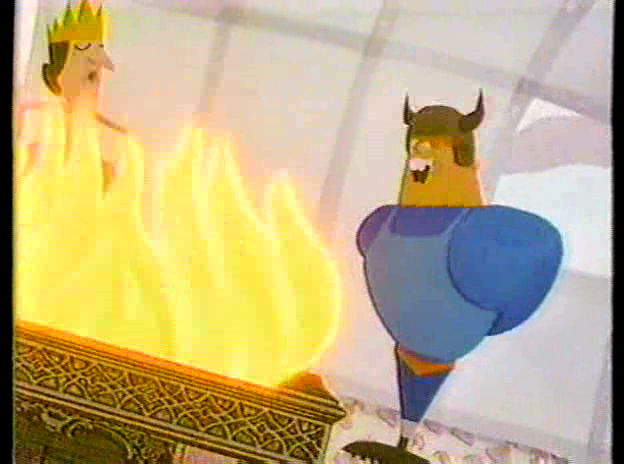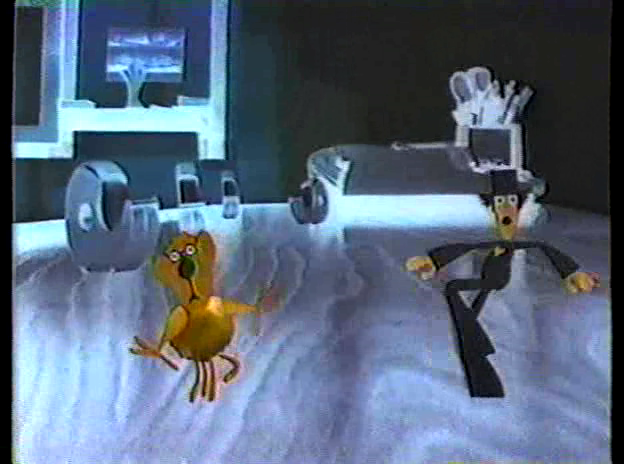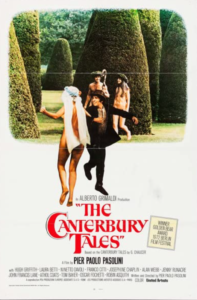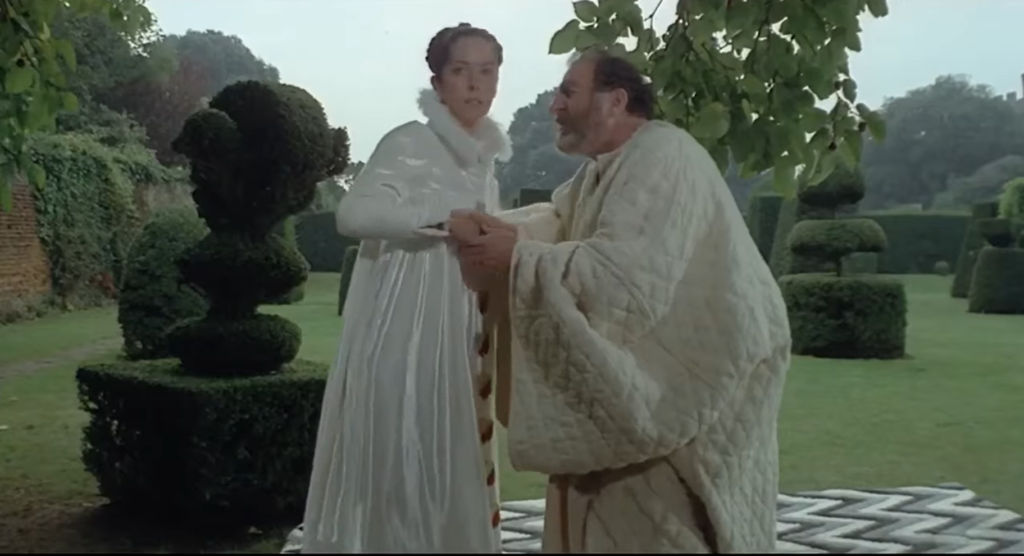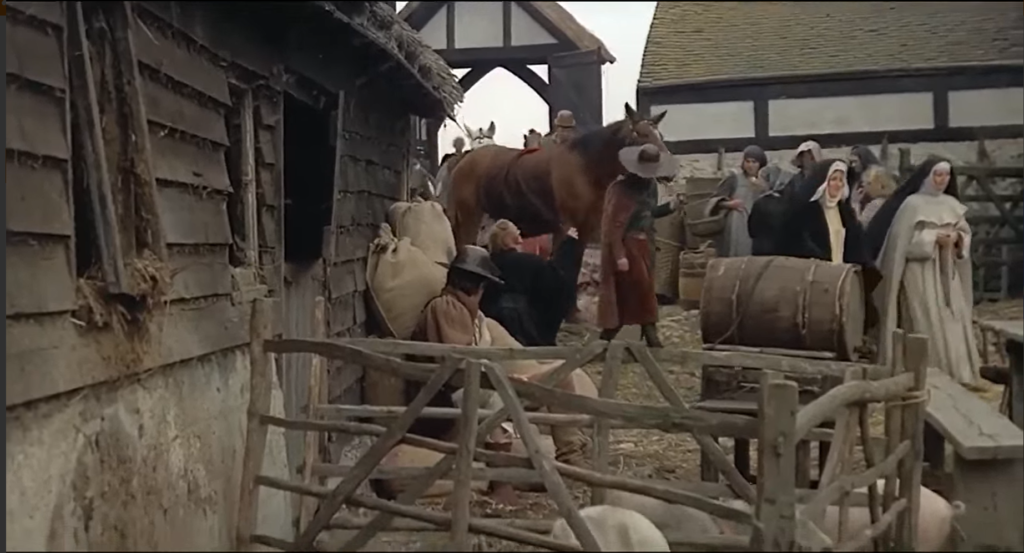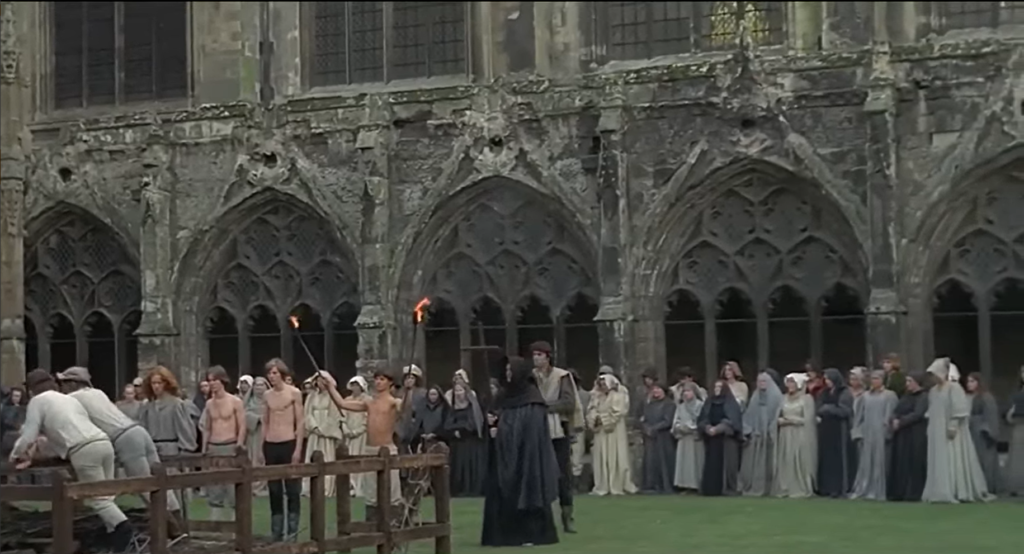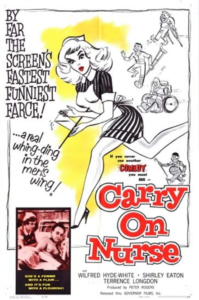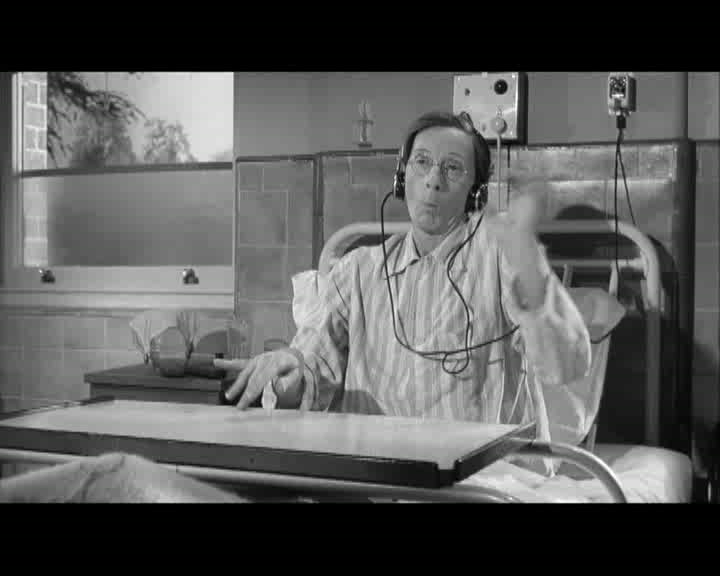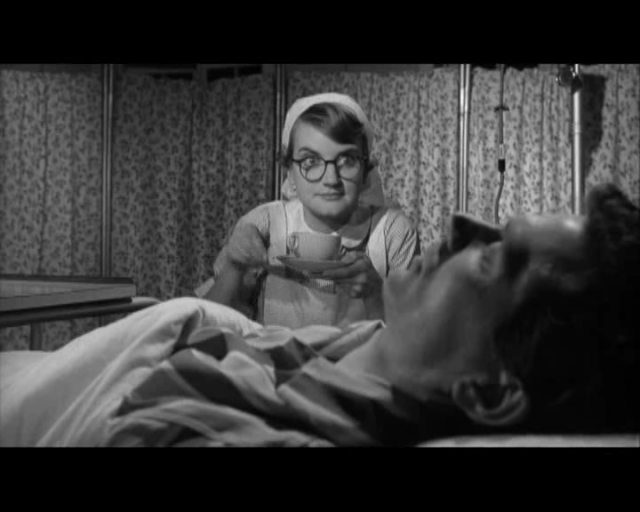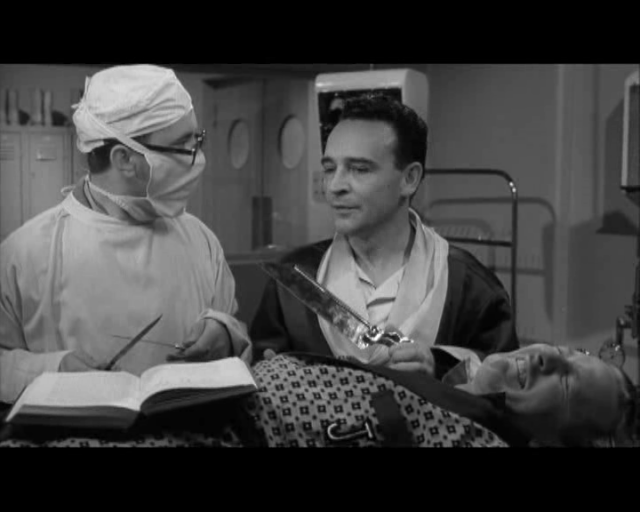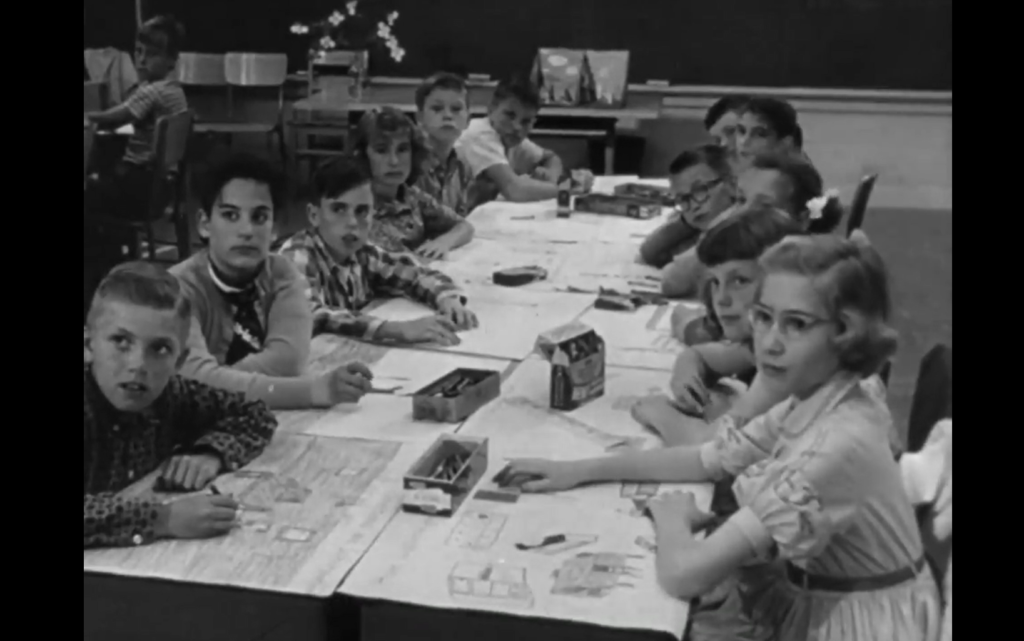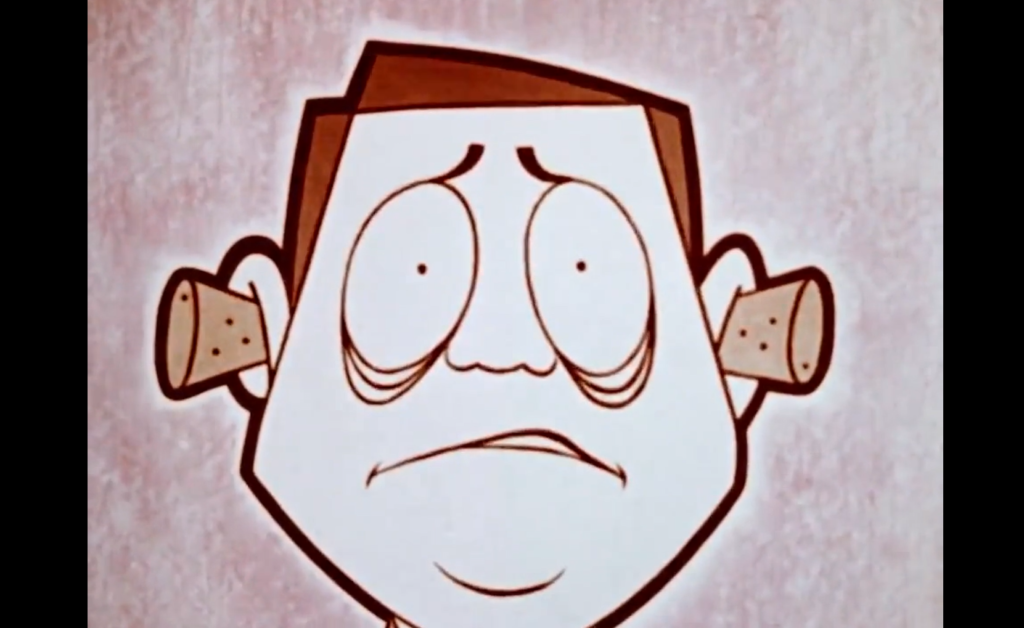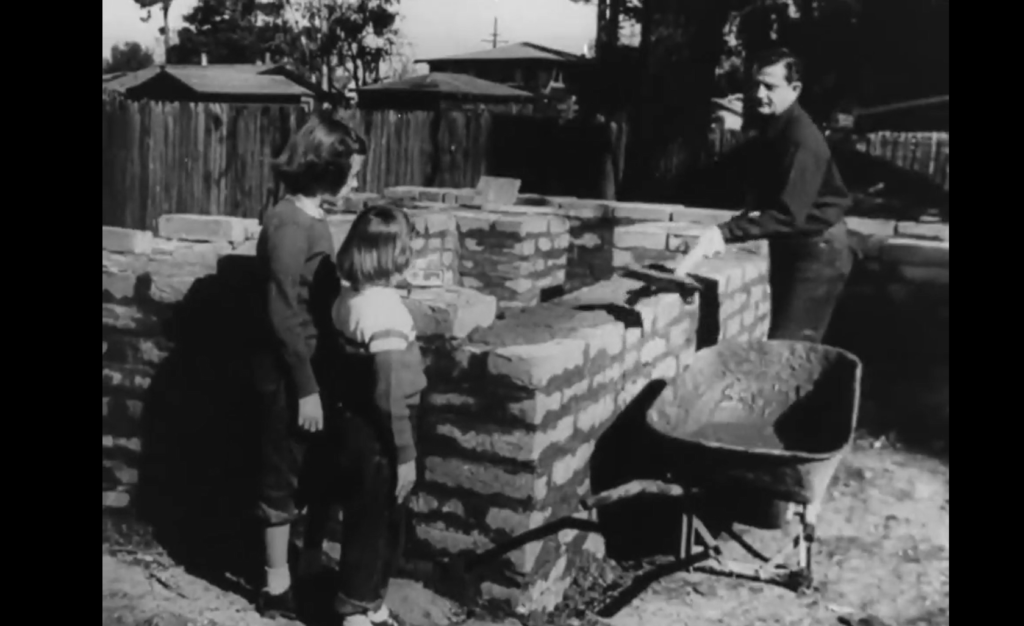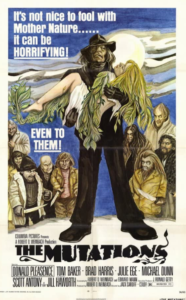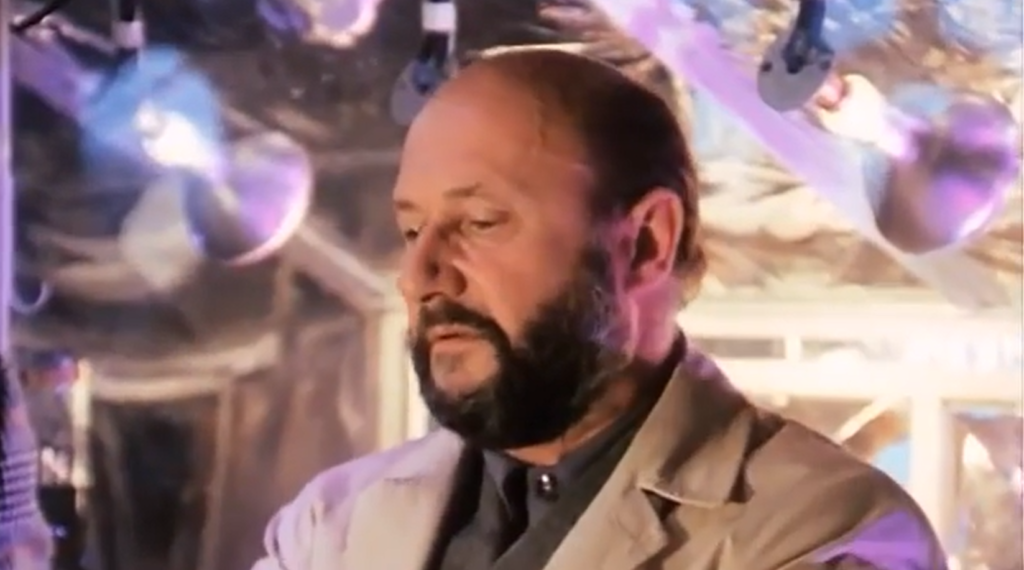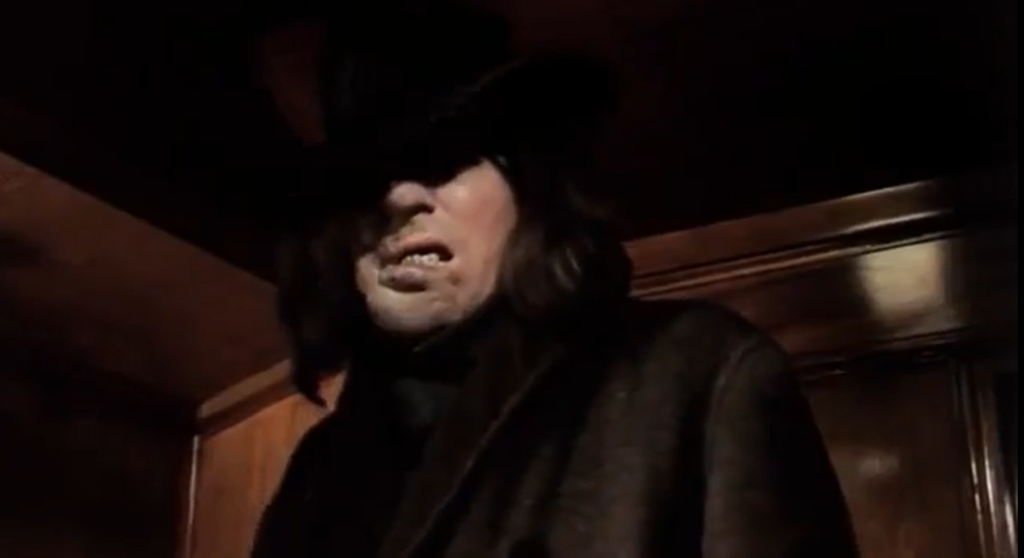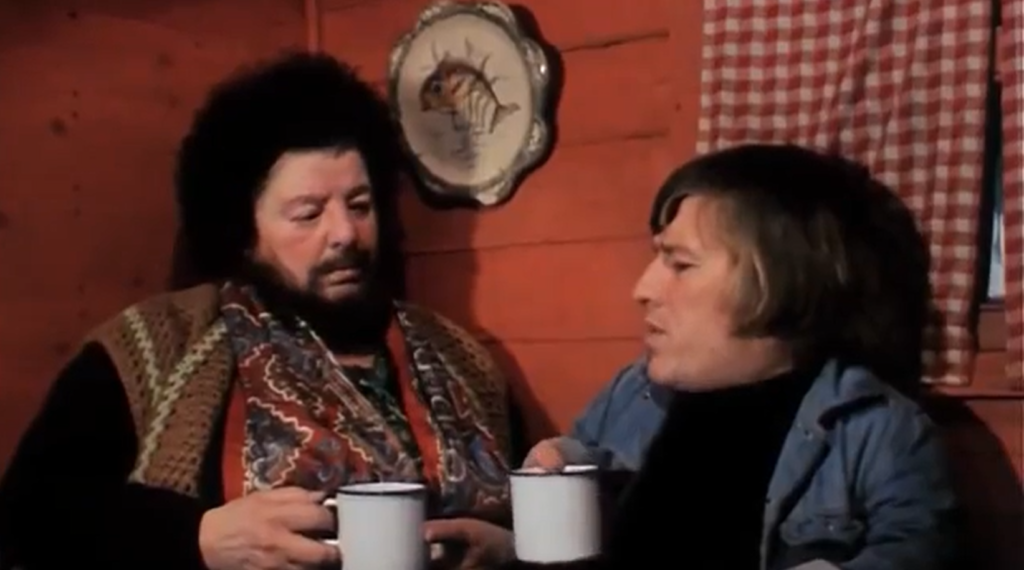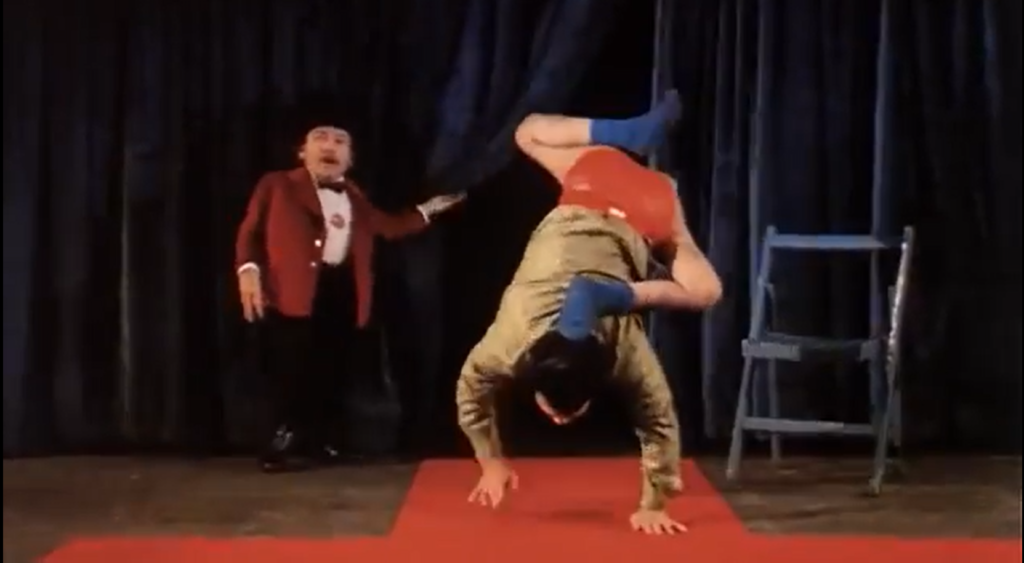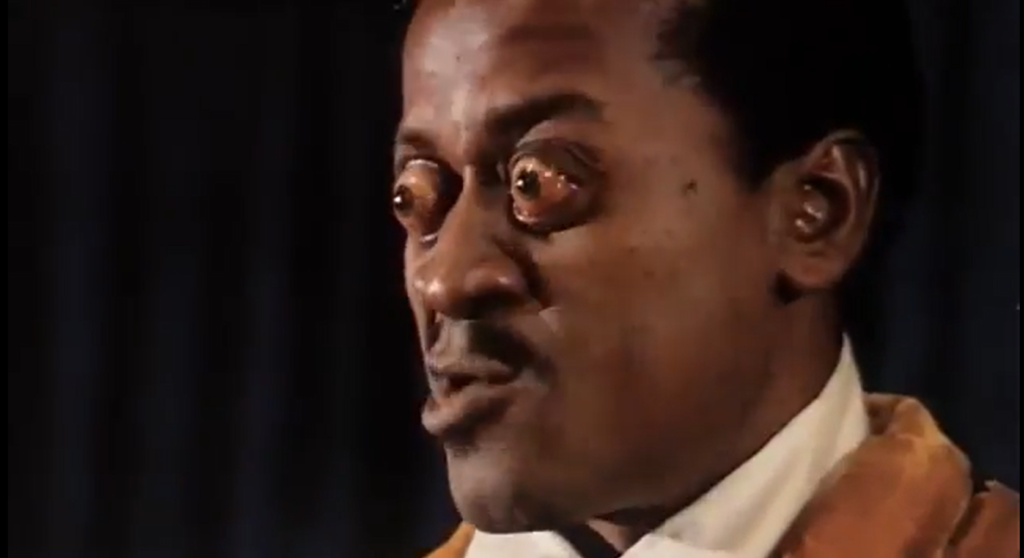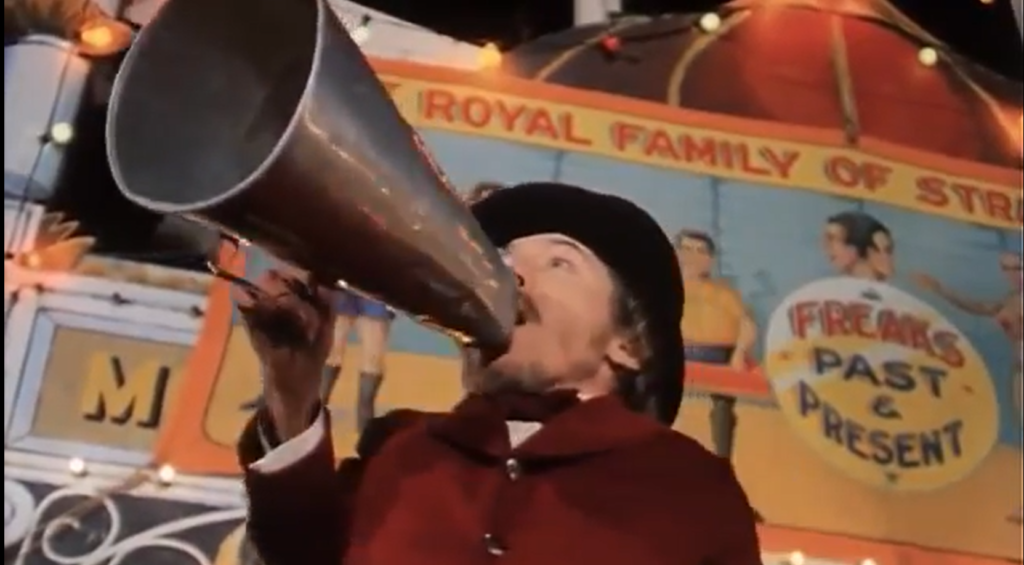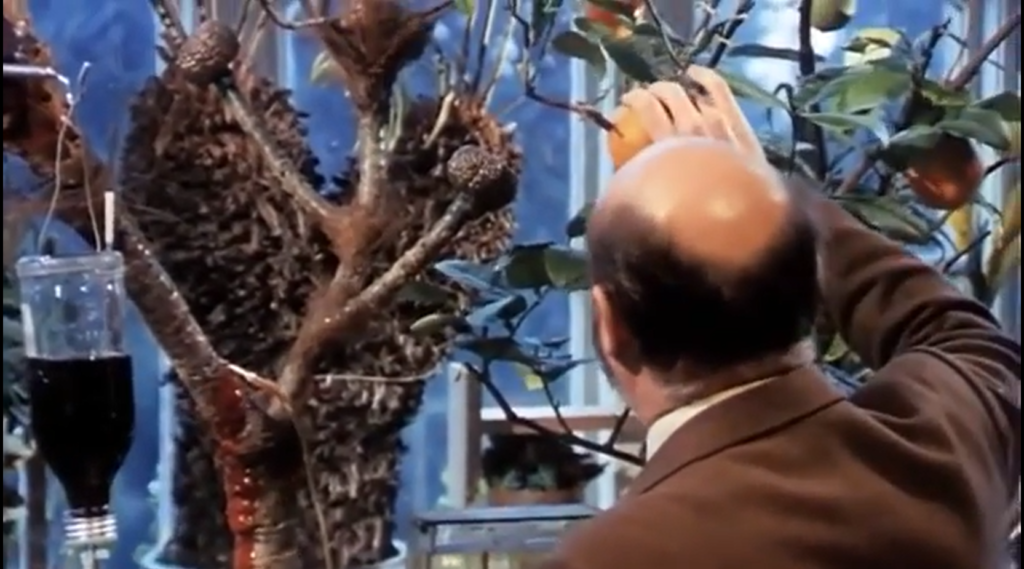|
Genres, Themes, Actors, and Directors:
- Episodic Films
- Eastern European Films
- Francois Truffaut Films
- French Films
- German Films
- Japanese Films
- Obsessive Love
Review:
Judging from the stories told in this little-seen international omnibus film, love as experienced by 20-year-olds tends to be obsessive, all-consuming, heartbreaking, and/or dangerous. In Francois Truffaut’s opening segment (“Antoine and Colette”, a.k.a. “Paris”), his alter ego Antoine Doinel (Jean-Pierre Leaud) learns that attraction isn’t always reciprocated, but may lead to friendship. This delightful short story, the longest of the bunch, is an essential “adolescent” intermediary between the childhood tale of The 400 Blows (1959) and Doinel’s emergence as an adult in Stolen Kisses (1968). Unlike the other segments in the film, it’s now widely available as part of a box set of “Antoine Doinel” DVDs — and film fanatics won’t want to miss it.
Renzo Rossellini’s “Rome” — about a callow young man (Geronimo Meynier) whose older lover (Eleonora Rossi Drago) bitterly tries to warn her young rival (Cristina Gaioni) about Meynier’s “true nature” — is effectively filmed, but, as one of the shortest of the film’s six tales, ultimately doesn’t leave much of a lasting impression. Shintaro Ishihara’s equally short “Tokyo” packs much more of a punch: it’s a hauntingly shot vignette about a delusional factory worker (Koji Furuhata) whose obsessive love for a beautiful woman he walks by every day taps into his violent tendencies. Meanwhile, Marcel Ophuls’ “Munich” aims for more depth in its tale of a womanizing businessman (Christian Doermer) undergoing — perhaps — a change of heart when he visits a girl (Barbara Frey) who has just given birth to his son; it’s engaging, and hints at the potential for a longer film.
Andrzej Wajda’s “Warsaw” is my personal favorite of the collection. Featuring Zbigniew Cybulski (the bespectacled star of Wajda’s Ashes and Diamonds, 1958), it packs a punch from the opening sequence, as we watch a little girl who has fallen into a polar bear’s den at the zoo being rescued by a man (Cybulski) with seemingly limitless bravery. A beautiful blonde (Barbara Lass) — previously seen kissing her young lover (Wladyslaw Kowalski) — immediately shifts allegiances when her boyfriend simply takes a photo of the tragedy rather than jumping in to help; Lass invites Cybulski back to her home, and — in typical Eastern European cinematic fashion — the situation becomes increasingly absurd, until events erupt into a poignant meditation on post-traumatic stress and the callowness of youth.
Weaving the five vignettes together is an absorbing montage of stills (by Henri Cartier-Bresson) showing (real-life?) young lovers on the street, and the reactions of those around them; in the background, Xavier Depraz sings Georges Delerue’s “Love at Twenty” in multiple languages, reiterating the universality of young love. It’s too bad that the most recent attempt at such an international collection of thematic shorts — Paris, Je T’Aime (2006) — was largely disappointing, since this earlier effort (strangely unavailable on DVD as of yet) shows that omnibus films can be quite effective, given the right combination of talent. Perhaps part of the solution lies in limiting the number of stories (Paris, Je T’Aime had a whopping twenty), so that more depth is allowed in each tale.
Redeeming Qualities and Moments:
- Truffaut’s entire “Paris” story
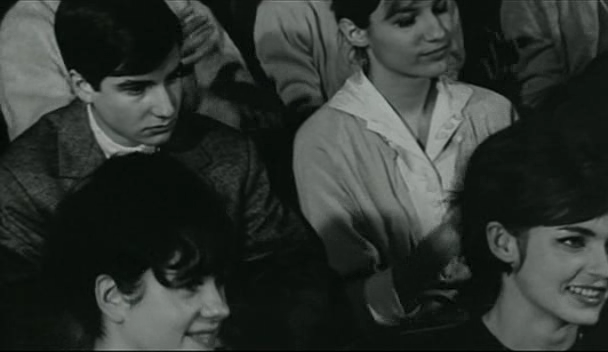
- Wajda’s “Warsaw” segment

- Zbigniew Cybulski as “the hero” in “Warsaw”
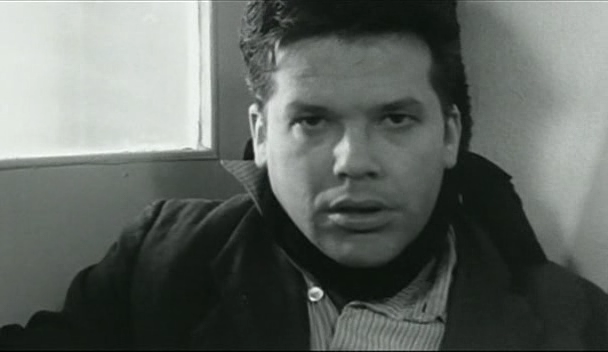
- Shigeo Murata’s haunting cinematography in “Tokyo”
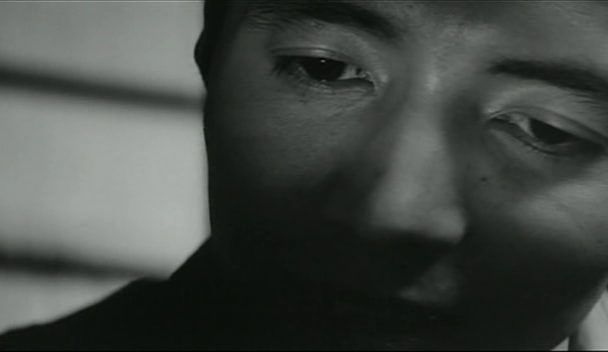
- Henri Cartier-Bresson’s inter-segment montage stills
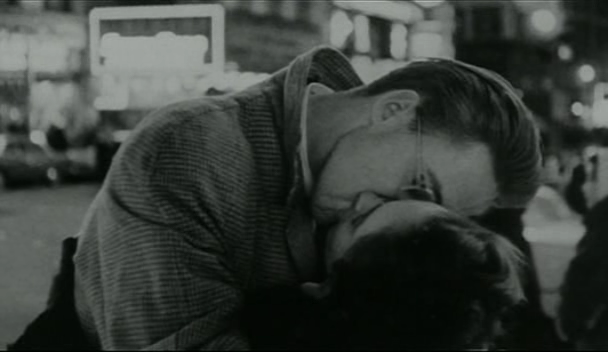
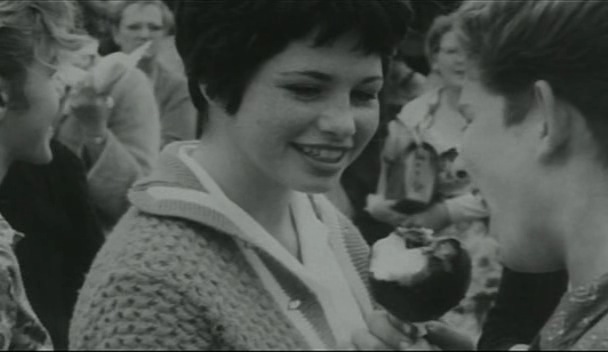
Must See?
Yes, as a most enjoyable and insightful collection of short films.
Categories
Links:
|
